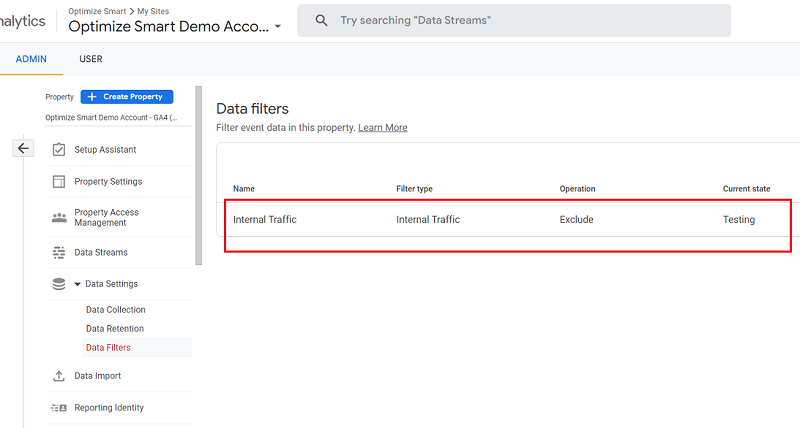In Which Order Does Google Analytics Filter Data for Dummies
The In Which Order Does Google Analytics Filter Data PDFs
Table of ContentsSome Known Details About In Which Order Does Google Analytics Filter Data Not known Details About In Which Order Does Google Analytics Filter Data The 7-Second Trick For In Which Order Does Google Analytics Filter DataWhat Does In Which Order Does Google Analytics Filter Data Mean?
g. use comparison operators on measurements) after that you have to define the value as JSON. Conditions that let you limit the collection of sessions or customers your question puts on. Sections can be specified in either formats: For example, any of the adhering to are legitimate worths for the sections specification.Nevertheless, if you need to do advanced division (e. g. usage comparison operators on dimensions) after that you need to specify the value as JSON. The maximum variety of results that will be returned for a record. If this criterion is left empty, all outcomes are returned. For records that you expect to return thousands or millions or outcomes, it's recommended to establish a limitation.
Keep in mind, you must have modify authorizations on the spread sheet to utilize this function. This option is beneficial if experimenting with a new record and you don't want to run all your records till you're ended up.

The Single Strategy To Use For In Which Order Does Google Analytics Filter Data
Ensure not to perplex this with the term "Google Account": One can contain approximately 25 Google Analytics accounts (inspect out this post if you reach this limitation however wish to have even more than 25 accounts). Please note that in some locations Google makes use of the term as opposed to, but as for I can inform, both terms stand for the same entity and I will use the term throughout this blog post.
You can fix the general data tasting concern by producing parts of your information using sights however that just aids with basic reports (In Which Order Does Google Analytics Filter Data). Because session tasting is done on the building level, creating multiple views will not avoid information tasting when using sophisticated sections or developing tailored records. You can discover more details regarding information sampling here
From my past experience, Google does refine more than this quantity, but I'm unsure if it refines all of the data, or simply even more than this specified limitation. If you have more than 200,000 brows through a day, Google processes the information daily which can result in a delay of 2 days in your information refreshness.

Some Known Incorrect Statements About In Which Order Does Google Analytics Filter Data
g., one for the primary site, one for the blog site, and also one for the assistance website), after that you will not be able Visit Your URL to tell the amount of users in overall visited your brand's buildings (as the user who visited the main site and after that the blog will be counted twice instead of just once).
Otherwise, think what their overall bounce rate would certainly be, or their conversion price from visits to enrollment, if their blog site was specified as component of their primary site residential property. As soon as I have actually made a decision to divide the web site into a number of homes, I like to start at the end and also job backwards, very first analyzing each section and deciding which of them need to have a different residential property.
As each internet home is, anonymous most of the times, targeted at a different audience kind (with different behaviors), it makes feeling to divide the primary site from the solution website, equally as it makes feeling to separate the blog site, the support site, and also the landing web pages. My regulation of thumb is to split a site right into residential properties based on the personas that will be making use of the site.

Excitement About In Which Order Does Google Analytics Filter Data
You understand. If KISSmetrics only had one residential property, with a lot more blog site readers than paying clients, their total logical metrics would be improperly affected by the blog site readers. There are two choices that can be made use of instead of several buildings: Google Analytics allows you to section the information (making use of advanced segmentation) or you can separate the sections right into apart sights.
Be cautious, however, if you pick either of these methods, as I will now describe. The sophisticated division function is thought about less efficient for long-term division purposes. It is an excellent method to run advertisement hoc inquiries, however if your search engine optimization manager wants one details segment, she will have to re-choose this section each time she takes a look at the data.